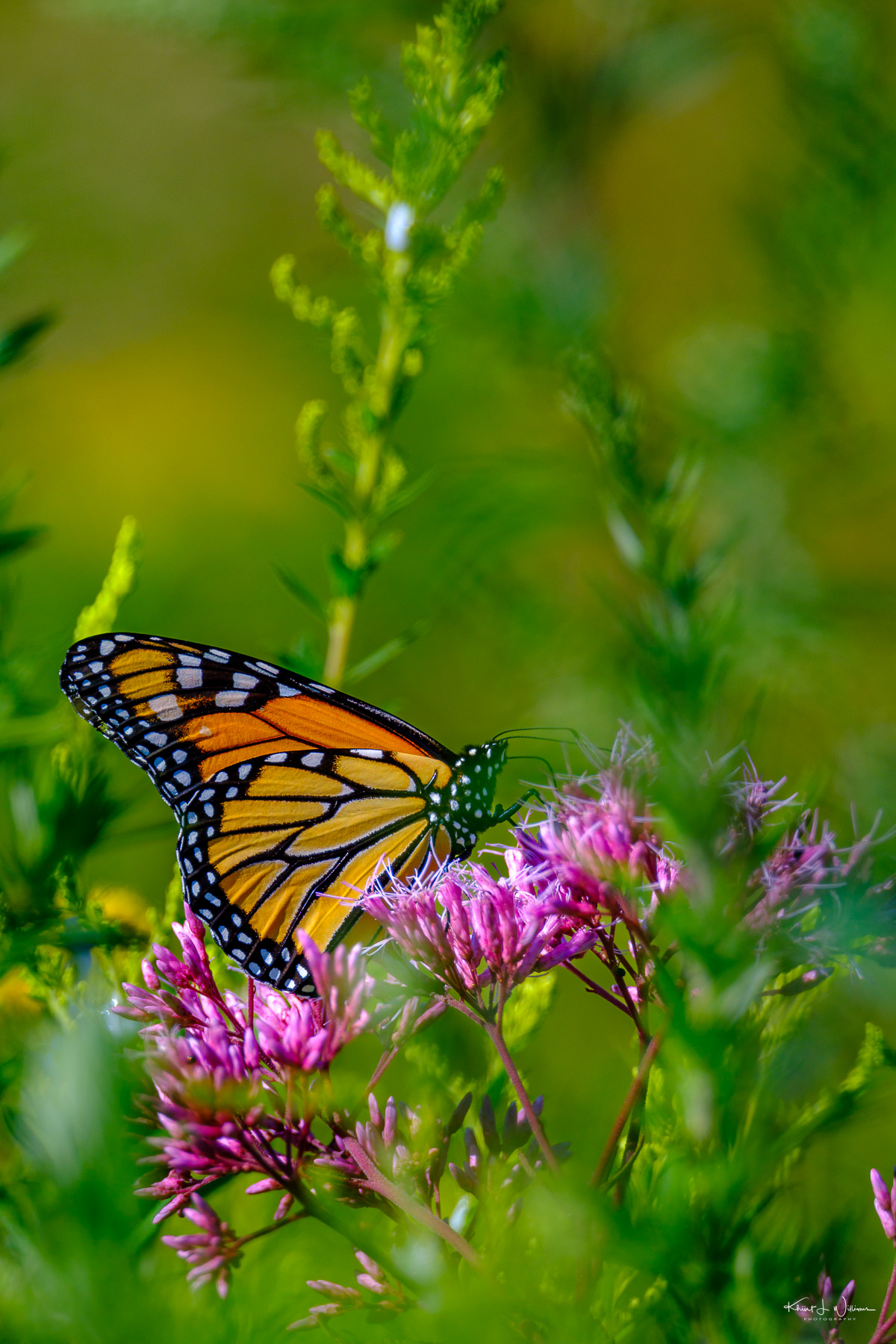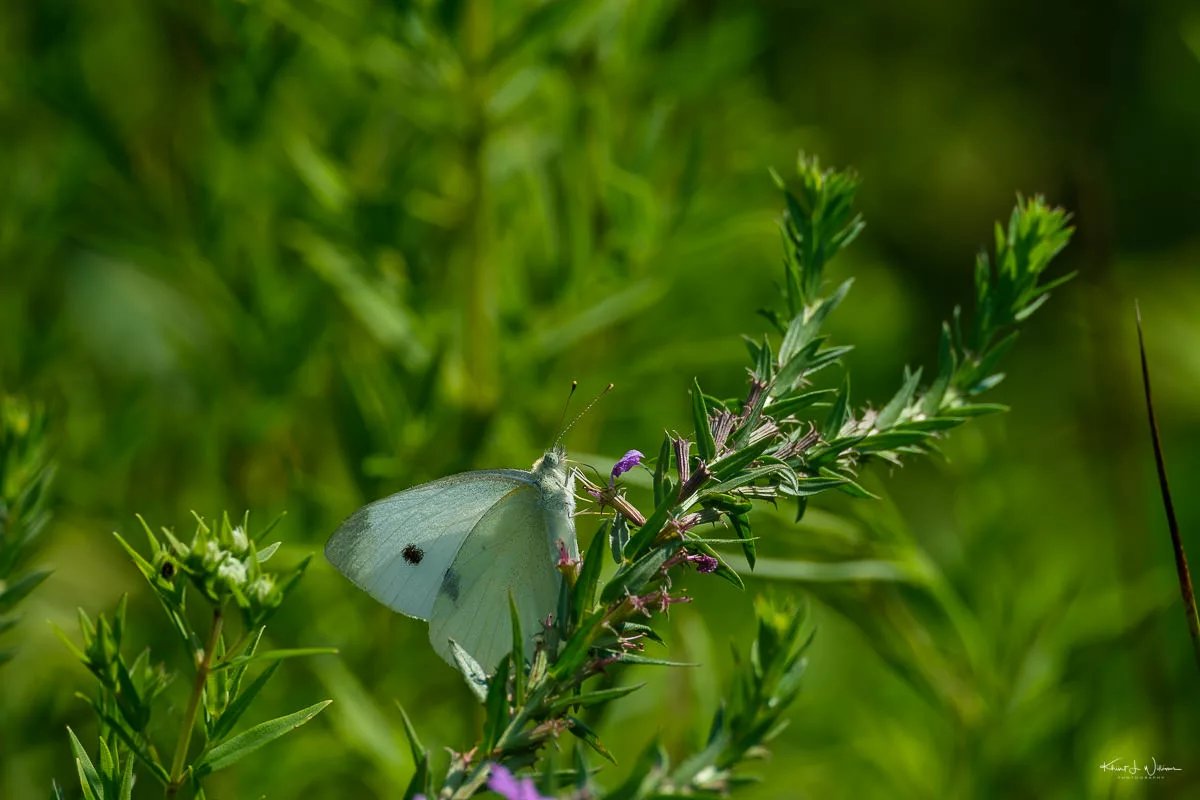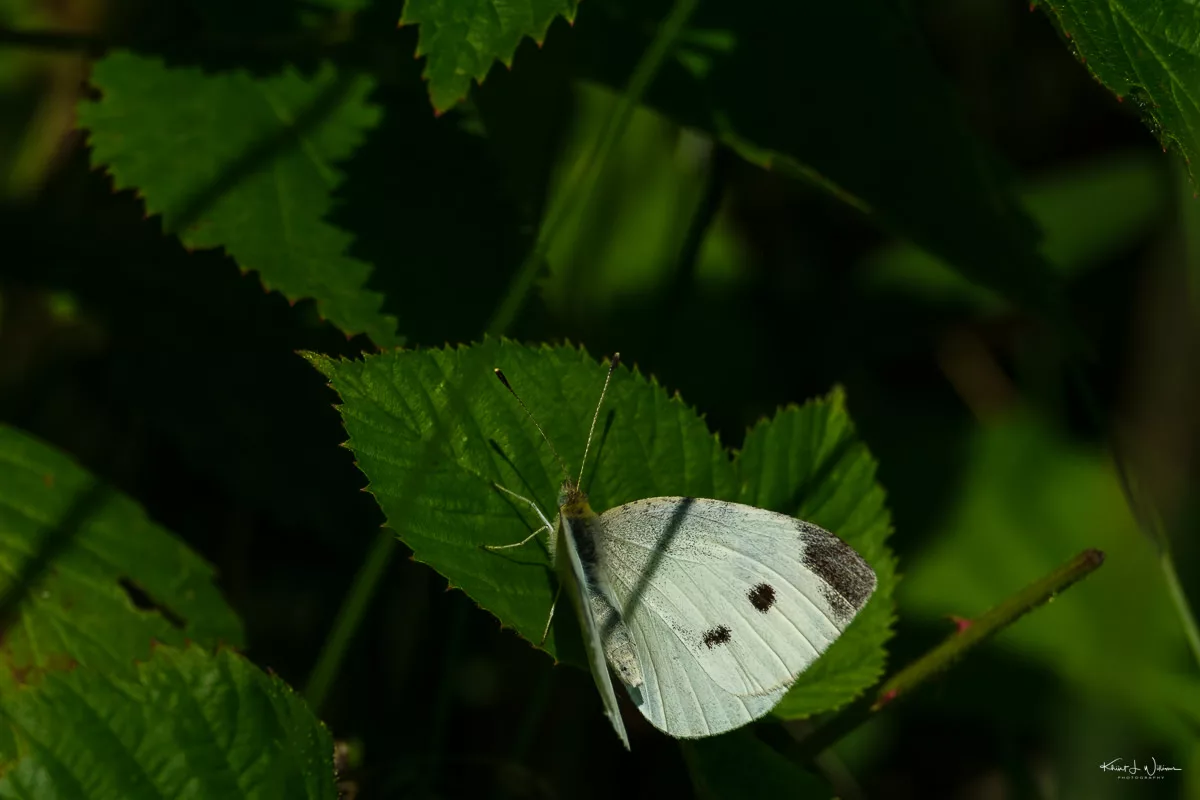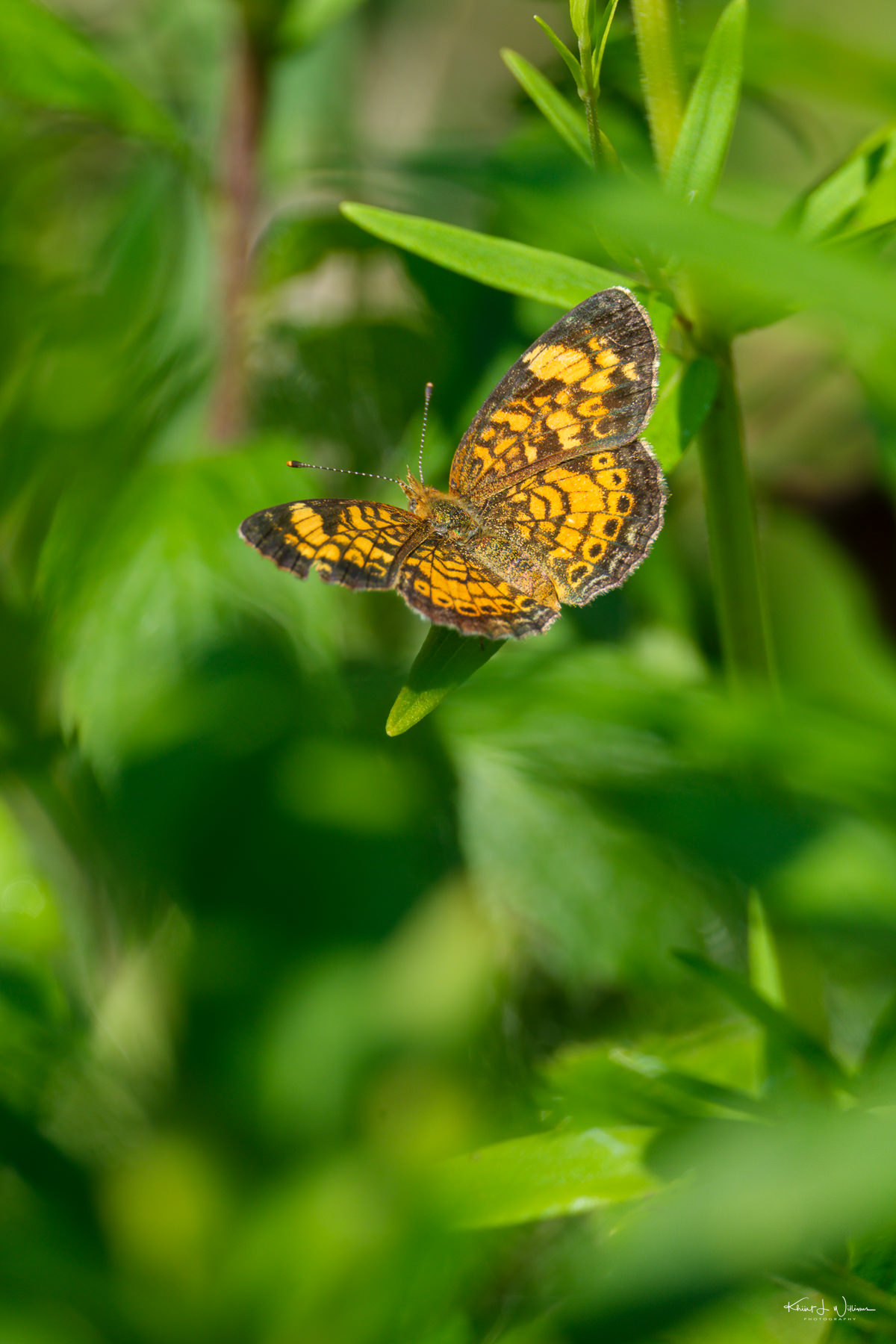Over the summer, I was pretty manic with my photography. From looking at my Adobe Lightroom catalogue, I made almost 2000 photographs between May and September. I shared some of these on this blog and social media.
This behaviour is normal for me. I get these bursts of creative excitement that then fade. As I post this entry, it's the last week of December, but a quick look at the Adobe Lightroom catalogue shows that I have taken only 500 photos since the beginning of October.
Perhaps because I was overwhelmed with the quantity, most of them needed to be processed. I am rediscovering them as I prepare for my Best of The Year post for 2023.
One Saturday in September, Bhavna and I attended a guided nature walk at the Duke Farms in Hillsborough. On this Summer Wildflower Walk, our guide took us around the Duke Farms, teaching us about the basics of flowering plant identification and the ecological connections that tie these plants to the meadows and woodlands they grace.
Early September was near the beginning of the fall migration of the Monarch butterflies back to their native homes in South America. Near the end of the tour, we explored a large meadow, and I was lucky enough to photograph this sole Monarch butterfly. The flowers on which the butterfly rests have fine, spiky petals, suggesting they might be a variety of wild aster, a common nectar source for Monarchs.




